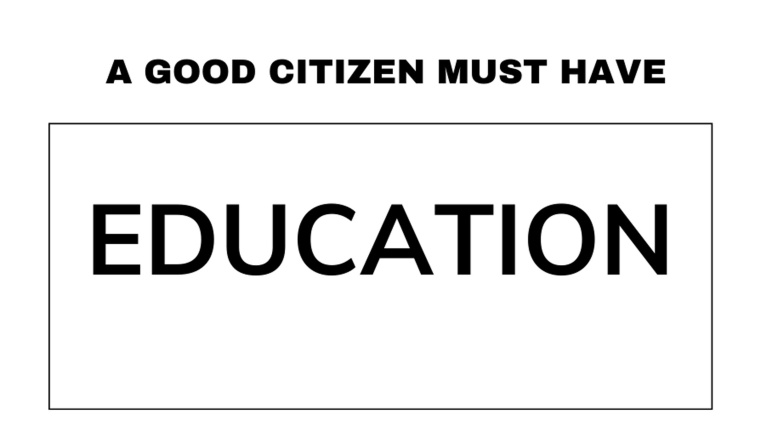With the Promulgation of the Constitution of Kenya, 2010, the people of the Republic of Kenya agreed to have the territory of Kenya divided into counties. This was specified under the First Schedule in the Constitution 2010. By dint of this division, the governments at the National and County levels are distinct but inter-dependent. They conduct business based on consultation and cooperation. This ensures that the National state organs grant access to and deliver services in all parts of the Republic.
Arguably the most progressive Constitution in the World in the twenty-first (21st) century, the people of Kenya find themselves in a unique place. They are guaranteed and assured that services are devolved to the 47 counties throughout the Republic. Unlike previously where resources were only distributed through a centralized government headed by a powerful[1] president. In the previous Constitution dispensation, the president was also elected as a member of parliament representing his/her constituency. In the current dispensation, the President does not sit in parliament. Instead, he is obligated to issue a state of the nation address to the nation once every year from a joint sitting of parliament at Parliament Buildings.
Article 189 of the Constitution contemplates the cooperation between the national and county governments. It is envisaged that in performing its functions and exercise of its powers a government at either level shall respect the functional and institutional integrity of the government at the other level; assist, support, and consult as appropriate to implement legislation of the other level of government; and liaise with the other level of government to exchange information, coordinate policies and administration. Further, the governments that intend to work together may establish joint committees and authorities to oversee such implementation.
For efficacy, the Parliament of Kenya enacted the Intergovernmental Relations Act, 2012. The Legislation was assented to on 27th February 2012 by the third (3rd) President of the Republic of Kenya, Hon. Emilio Stanley Mwai Kibaki, EGH, MBS. The objects of the Act are to provide a framework for consultation and cooperation amongst the national and county governments and between county governments; to establish institutional structures and mechanisms for intergovernmental relations; to provide a framework for the inclusive consideration of any matter that affects relations between the two levels of government, and to give effect to Articles 187 and 200 of the Constitution on the transfer of functions.
Currently, the County Government of Nairobi City is the only county that has tested the constitutionality of the principle of transfer of functions by ratification of the deed of transfer of functions agreement passed on the 24th February 2018. Critics have elucidated that the precedence was filled with unconstitutionality by not involving the county assembly at the beginning before signing the deed but pragmatists have stated that despite this, the county assembly of Nairobi involved public participation after the fact and largely the process was approved by majority residents in its report.
The Intergovernmental Act in Part II establishes the intergovernmental relations structures. It is in this Act that the National and County Government Coordinating Summit is established as the apex body for Intergovernmental Relations. It comprises the President or in his absence the Deputy as the Chairperson and the Governors of the Counties with one elected as the Vice-Chairperson. The Summit is expected to meet at least twice a year. The check and balance for the performance of the summit are the National Assembly, Senate, and County assemblies where the summit submits the annual reports within three months after the end of every financial year. In the performance of its functions, the Summit is assisted by a Technical Committee that is competitively recruited.
It is also here that the Council of Governors is established consisting of the forty-seven Governors. This body majorly helps in sharing information and consultations among peers to grant better services to the various citizens from the different counties.
On the transfer of functions, power, and competencies, under the Constitution at Articles 186 and 187 as read with Part III of the Act, it is envisaged that either level of government may transfer functions ensuring that the assignment is to the best-placed level of government to exercise such function and to ensure that resources are transferred in accordance to such transfer. However, notably, such a transfer of function does not transfer the constitutional responsibility to the other level of government. Hence, despite the transfer, the onus is with the level of government to ensure such resources are properly utilized. The operational expenses are budgeted in the National Budget.
In conclusion, the system of governance is a hybrid of the presidential and parliamentary systems but with the introduction of the devolved system under Chapter eleven, Kenya’s system of governance makes it unique in the 21stCentury and indeed the most progressive in the world.
[1] The use of the word powerful is only to emphasize the unfettered discretion that the president wielded at the time.


